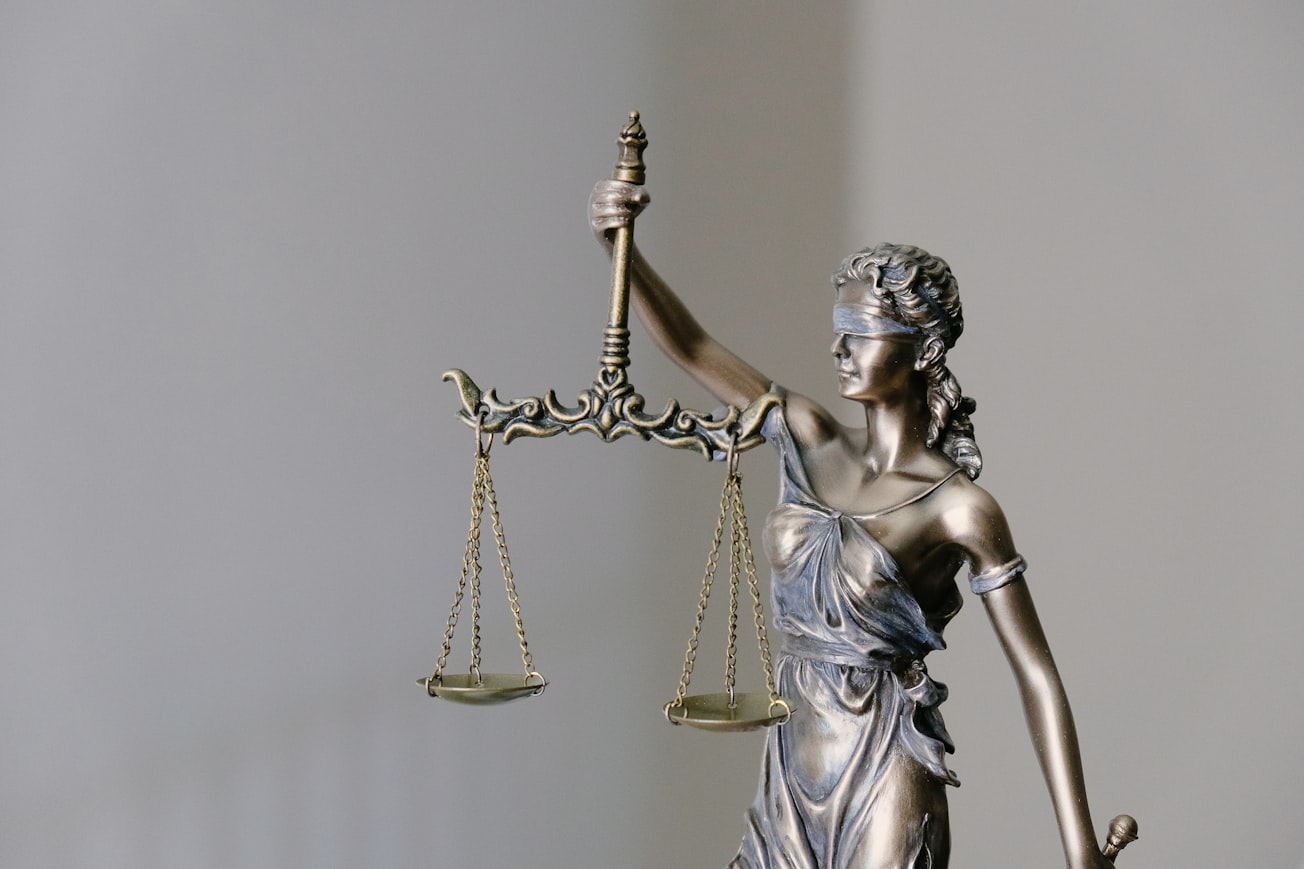What is it about?
In a study conducted in fifteen different countries, we find that people's moral appraisals play a role in their interpretation of legal and non-legal rules (i.e., when determining whether someone's behavior violates a written rule). This effect, however, is weakened by legal expertise. Why? A two-player economic game revealed that people disregard their moral appraisals and heed the letter of the law when incentivized to coordinate their interpretation with an anonymous partner.
Featured Image

Photo by Tingey Injury Law Firm on Unsplash
Why is it important?
Previous evidence has highlighted how people abandon the "pre-conventional" deference to authority in favor of autonomous moral reasoning throughout their moral development. Yet, when engaging in legal reasoning, citizens and especially legal experts often heed the letter of the law, even when doing so undermines their moral sense. Our cross-cultural and cross-linguistic study documented a global tendency toward this “textualist” approach to legal interpretation and explained why it might prevail: Prioritizing the letter of the law over its spirit helps citizens and judges reach a shared understanding of law's scope, enabling coordination in large and heterogeneous communities.
Perspectives
Our findings uncover a key difference between moral and legal reasoning: When engaging in moral reasoning, put simply, people often issue what they personally consider the "best" verdict--according to their values and ideals. Legal reasoning introduces an additional incentive, i.e., to issue the "same" verdict as other interpreters of the rule or statute in question. This pursuit of coordination gives rise to legal textualism because the letter of the rule functions as a focal point (or Schelling point), and also explains the discrepancy between moral and legal modes of reasoning.
Ivar Hannikainen
Universidad de Granada
Read the Original
This page is a summary of: Coordination and expertise foster legal textualism, Proceedings of the National Academy of Sciences, October 2022, Proceedings of the National Academy of Sciences,
DOI: 10.1073/pnas.2206531119.
You can read the full text:
Contributors
The following have contributed to this page










